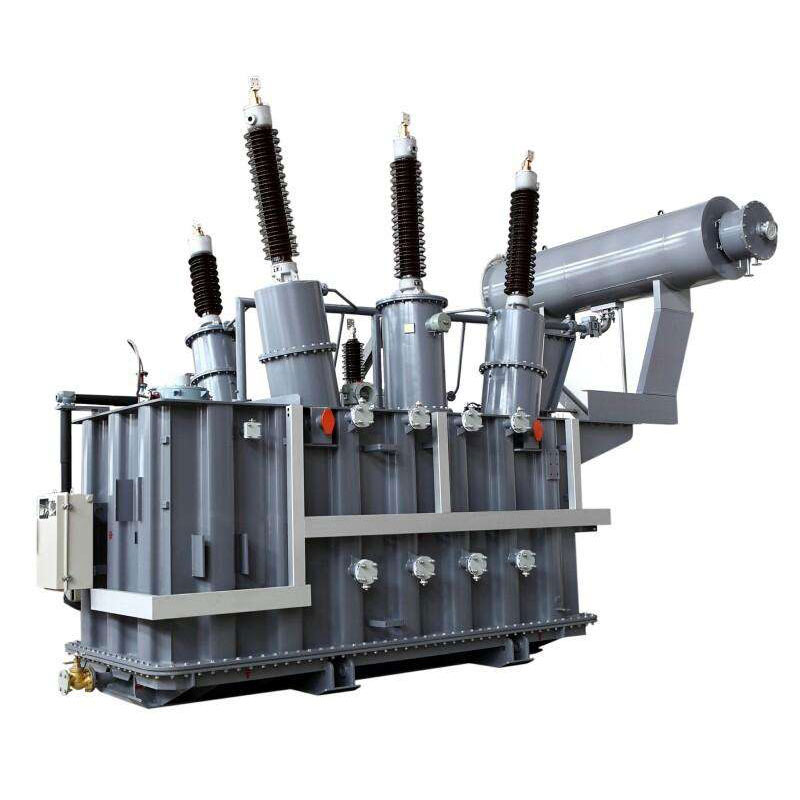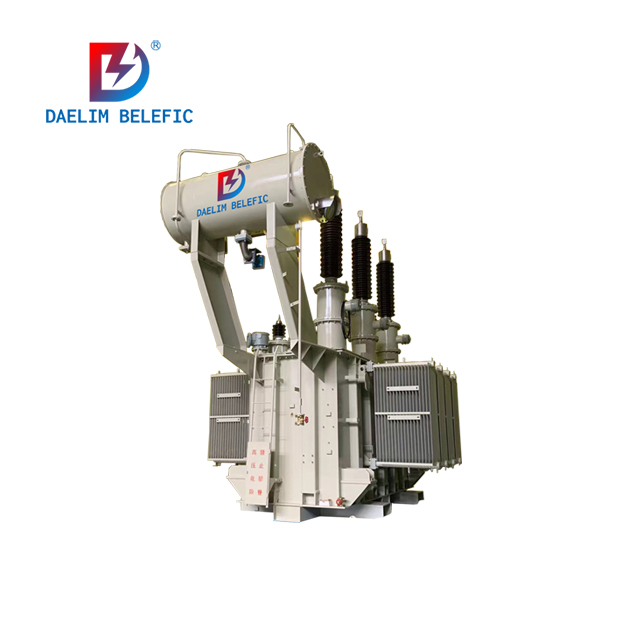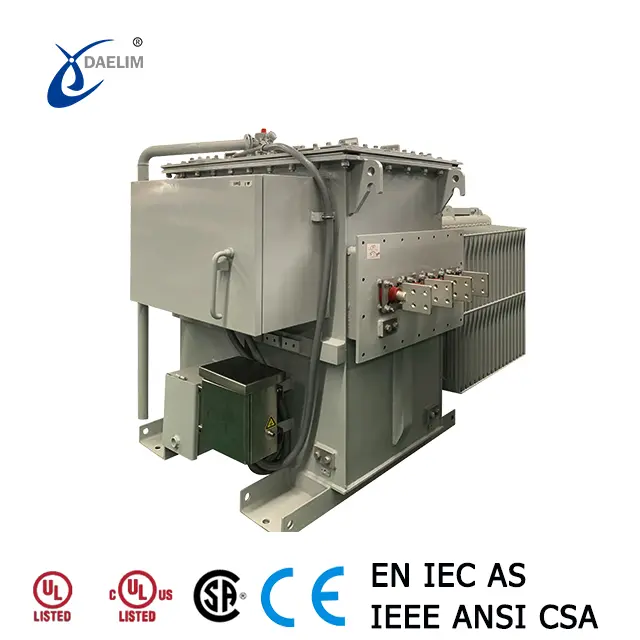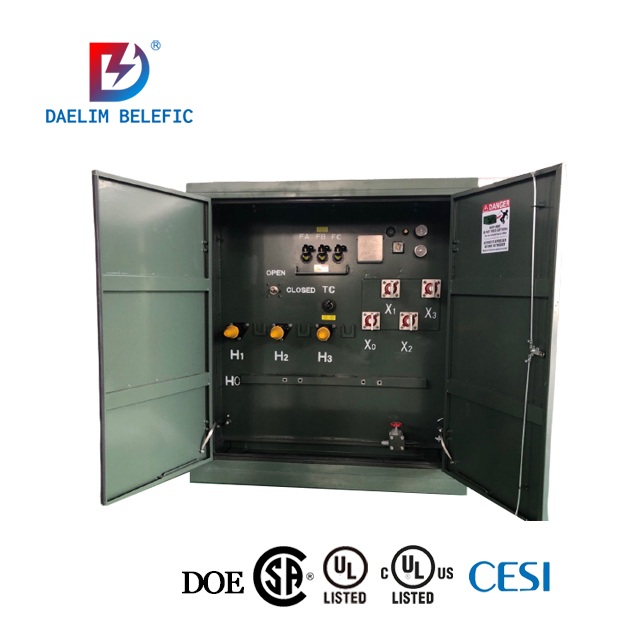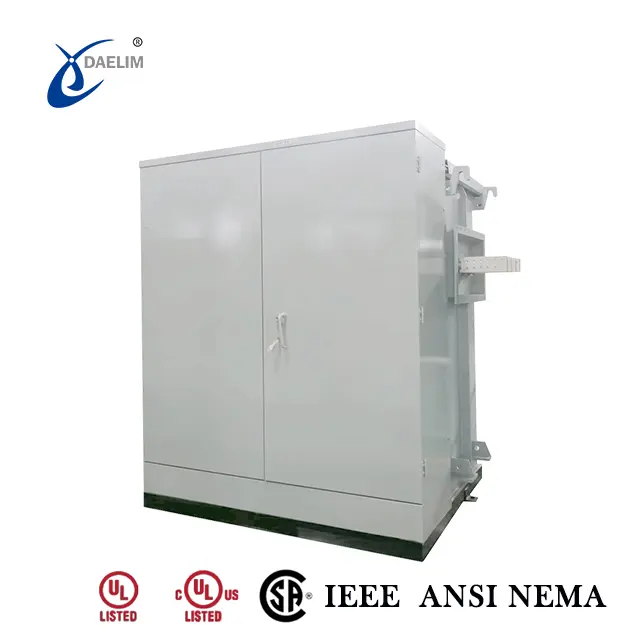Protection and Maintenance Methods for Oil Transformers
Prevention of Moisture
Oil transformers are highly susceptible to moisture, which compromises their insulation performance. To prevent moisture ingress, adhere to the following guidelines:
- Initial Testing: Upon receiving the transformer, request the power supply bureau to conduct an initial test.
- Desiccant Installation: Install a desiccant immediately, especially for transformers with a capacity of 100 kVA and above.
- Monitor Silica Gel: Regularly check the silica gel in the desiccant. Replace it immediately if it becomes damp, as indicated by a color change, to ensure it continues to absorb moisture effectively.
- Minimize Storage Time: Plan installations to reduce storage time before the transformer is powered. Prolonged storage increases the risk of moisture ingress.
- Maintenance of Small Transformers: For transformers below 100 kVA, which do not have desiccant devices, periodically check and replace the oil in the oil pillow to prevent moisture accumulation.
Prevention of Oil Leakage
Transformer oil leakage often results from poor sealing. To prevent this:
- Inspect Fasteners: Regularly check and tighten small bolts to prevent loosening due to vibration. Ensure even and appropriate tightening.
- Check Rubber Components: Replace cracked or deformed rubber seals with parts that meet the original specifications, and ensure the sealing surfaces are clean.
- Storage and Handling: When storing transformers or performing maintenance (lifting, transporting, refueling), drain dirty oil from the oil pillow, clean it, and seal it to prevent contamination.
Monitoring During Operation
Continuously monitor the oil level, oil temperature, voltage, and current. Address any abnormalities promptly through analysis and appropriate action.
Installation Precautions
Avoid connecting the copper guide rod of the transformer with aluminum stranded wire or aluminum bars to prevent corrosion.
Oil Change and Drying
Over time, transformer insulation can degrade due to moisture or deteriorated oil quality. In such cases, oil changes and drying treatments are necessary:
- Oil Change: Lift the transformer body, drain the dirty oil, and clean the oil tank. Rinse any oil on the body, dry the transformer, and refill with new oil. Replace all oil-resistant rubber seals and test before resuming operation.
- Drying Treatment: Use methods like zero-phase sequence, eddy current, short-circuit, or oven drying to dry the transformer body. For larger transformers (35 kV and above), consider vacuum drying by local power manufacturers to ensure thorough drying without causing insulation aging.
These protection and maintenance methods help ensure the reliable operation and longevity of oil-immersed power transformers. For more detailed information, feel free to contact us.
Related Products
Related Article
What are the maintenance points for transformer operation?
To ensure safe transformer operation, monitor allowable temperature, temperature rise, and voltage regulation. Maintain power load at 75-90% of rated capacity. Manage overload conditions carefully. These practices prevent faults, prolonging transformer service life.
Differences Between Dry Transformers and Oil Immersed Transformers
Dry transformers are used indoors for fire safety, have visible coils, resin insulation, and are costlier. Oil immersed transformers are outdoor units, use oil for cooling and insulation, handle higher capacities, and are more cost-effective.
How does the transformer transmit electrical energy?
Transformers convert AC power between voltage levels using electromagnetic induction, reducing current and energy loss in transmission lines. They consist of an iron core and windings, maintaining efficiency by transferring energy while minimizing energy consumption through lower current.
transformer Factory Acceptance Test( FAT )
The Transformer Factory Acceptance Test (FAT), including voltage, resistance, and load tests, to ensure transformer quality and functionality. Daelim Transformer requires all units to pass strict Factory Acceptance Testing (FAT) and meet or exceed test standards before shipment.
What is the difference between autotransformer and ordinary transformer?
Autotransformers differ from ordinary transformers by having both electrical and magnetic connections, smaller size, lower cost, and complex relay protection settings, whereas ordinary transformers only have magnetic connections and distinct primary and secondary windings.

